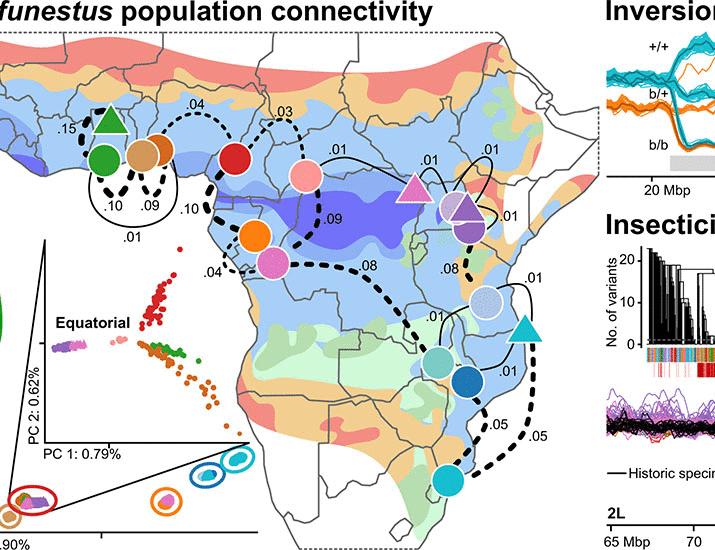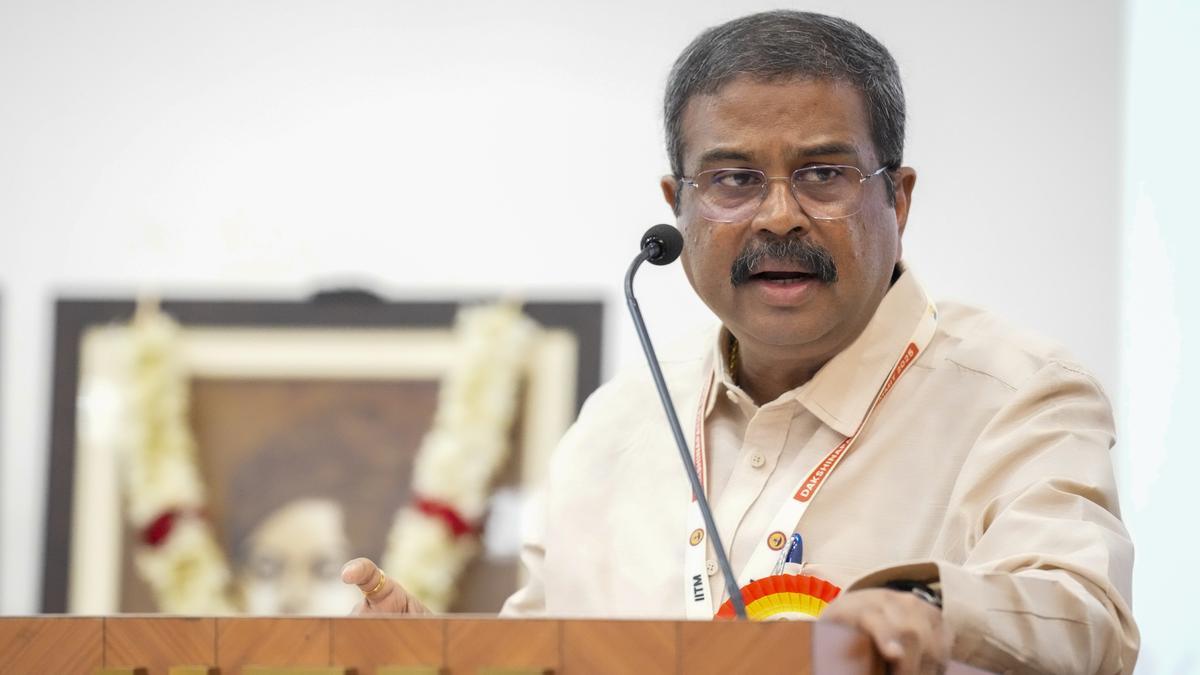Now Reading: Telangana Adopts CCMS to Streamline Case Management
-
01
Telangana Adopts CCMS to Streamline Case Management
Telangana Adopts CCMS to Streamline Case Management

Quick Summary
- Telangana Government Initiative: The Telangana State Government plans to implement a thorough Court Case Monitoring System (CCMS) for better litigation management and expeditious resolution of pending cases.
- Pilot Project: initially, the system will be introduced in the Revenue, Higher Education, and Home departments – areas with a high volume of pending cases. Gradual expansion to othre departments is planned.
- Adopted System: The CCMS, developed by the National informatics center (NIC), has been successfully utilized in Bihar and includes real-time case monitoring capabilities.
- Features of CCMS:
– Automated alerts/reminders about hearings and deadlines.
– Dashboards for tracking case progress by department secretaries and law officers.
– Facilities for updating case statuses,uploading documents/judgments online,and generating reports on pendency,compliance,etc.
– Integration with High Court’s Case Information System using NAPIX/API credentials.
- Implementation Strategy:
– Law Department designated as the nodal agency for rollout; IT Department/NIC to provide technical support.
– Departments instructed to digitize legacy and ongoing cases for seamless integration into CCMS.
- Official Comment: Chief Secretary K. Ramakrishna Rao emphasized the importance of effective monitoring and rapid resolution of court cases involving government entities.
Indian Opinion Analysis
The Telangana government’s implementation of a specialized Court Case Monitoring System (CCMS) represents a significant step toward addressing inefficiencies in managing governmental litigation. By adopting this proven framework from Bihar, Telangana aims to standardize processes that currently contribute to delays in compliance with court directives or filing responses.
The focus on pilot testing within three major departments highlights prudence in execution while also signaling prioritization based on caseload density. If expanded effectively statewide, this initiative could serve as an administrative model by reducing pendency rates while ensuring openness through real-time status updates.
Digitization mandates like those enumerated – including legacy data incorporation – underline ambitions not just towards resolving current inefficiencies but embedding future-oriented infrastructure capable of integrating nationally standardized tools like NAPIX/APIs.
For India at large, if prosperous models like this are replicated across states with high legal backlogs involving government agencies, it may collectively reduce judicial pendency issues nationwide while increasing trust between state institutions and citizens embroiled in legal battles against or alongside governments.
Read more at source.

























